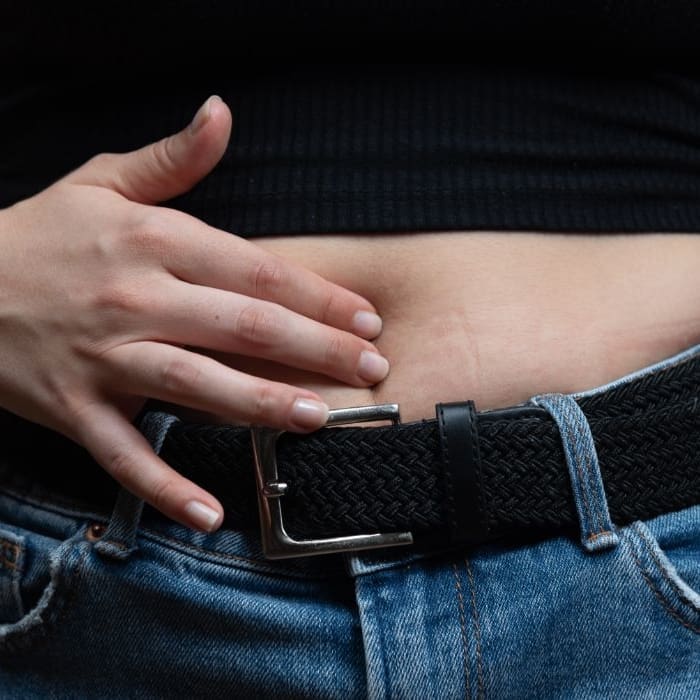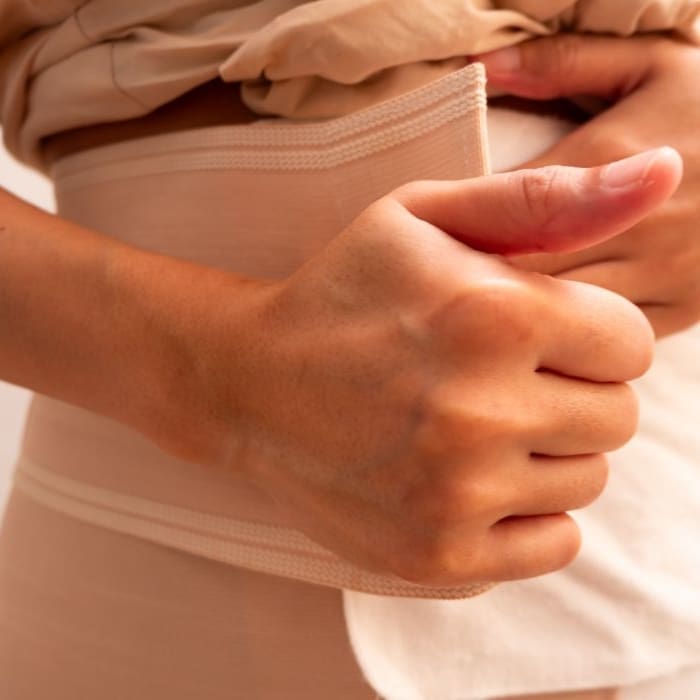How long does post tummy tuck swelling last?
-Many patients experience post-surgical swelling that peaks within the first few days after surgery and gradually decreases over the next several weeks. Mild swelling can persist for up to 6 months as the body continues its healing process. Following post-operative care instructions, such as wearing compression garments, can help reduce swelling and speed up the recovery period.
What can I do to reduce swelling during tummy tuck recovery?
-To reduce swelling after a tummy tuck, it is essential to follow the post-operative care instructions provided by your surgeon. Wearing compression garments, staying hydrated, and avoiding strenuous activities are key. Additionally, maintaining a healthy diet can help promote the healing process. If swelling persists beyond the typical recovery timeline, it’s important to consult with your surgeon.
Can swelling affect my tummy tuck recovery?
-Swelling is a normal part of the healing process and does not negatively affect your final results. However, prolonged swelling may delay the visible effects of your tummy tuck procedure. Many patients notice that their abdomen continues to improve as swelling subsides. Following your surgeon’s guidelines, such as avoiding strenuous exercise, helps ensure the best outcome.
Are there any risks of blood clots after a tummy tuck?
-Although rare, blood clots can occur during the recovery period after tummy tuck surgery. Following post-operative care instructions, such as moving around gently to promote circulation, can reduce the risk of blood clots. Thromboembolic deterrent stockings and avoiding prolonged periods of inactivity also help lower this risk.
What should I do if swelling persists after the recommended recovery period?
-If swelling persists beyond the usual recovery timeline, it is important to consult with your surgeon. Prolonged swelling could be a sign of fluid retention or other complications such as seroma formation, and your surgeon can recommend additional treatments or interventions to manage it. Most patients experience a gradual reduction in swelling over time, but every healing process is unique.





